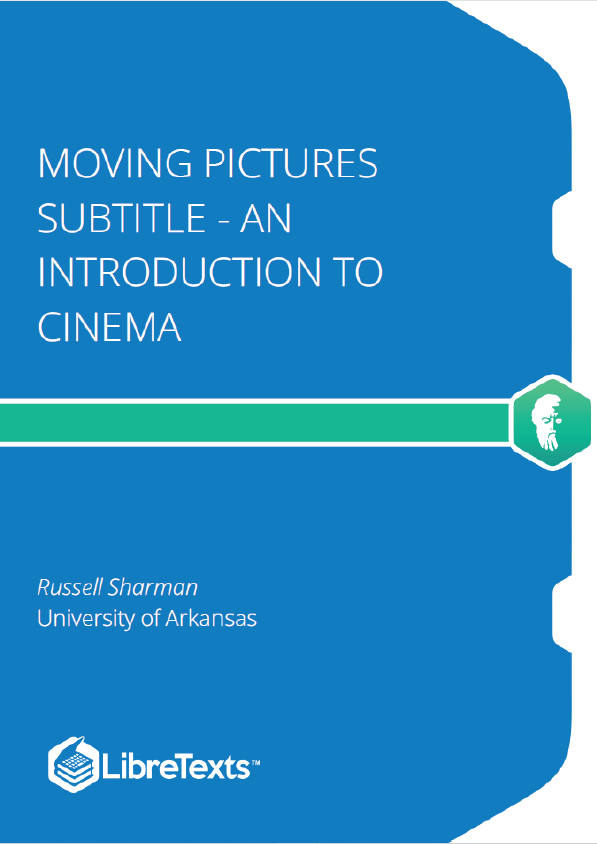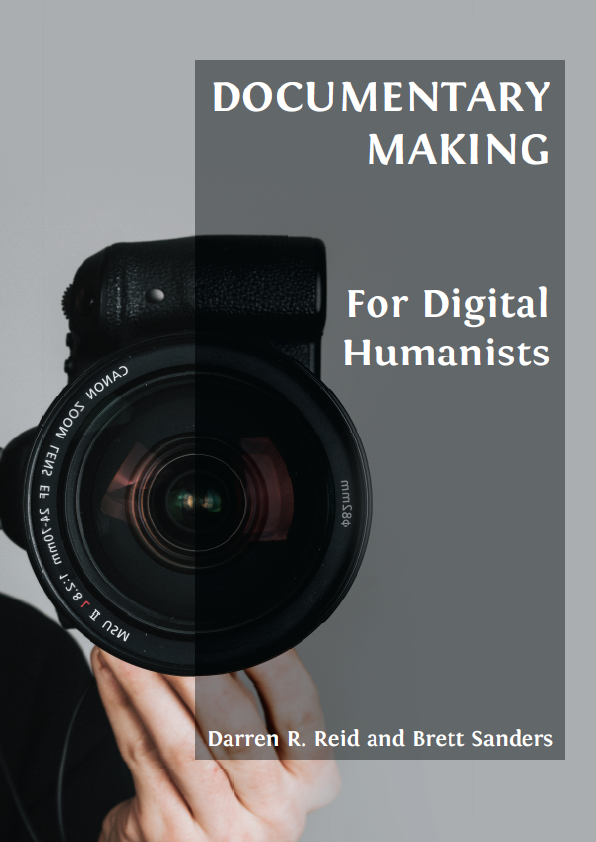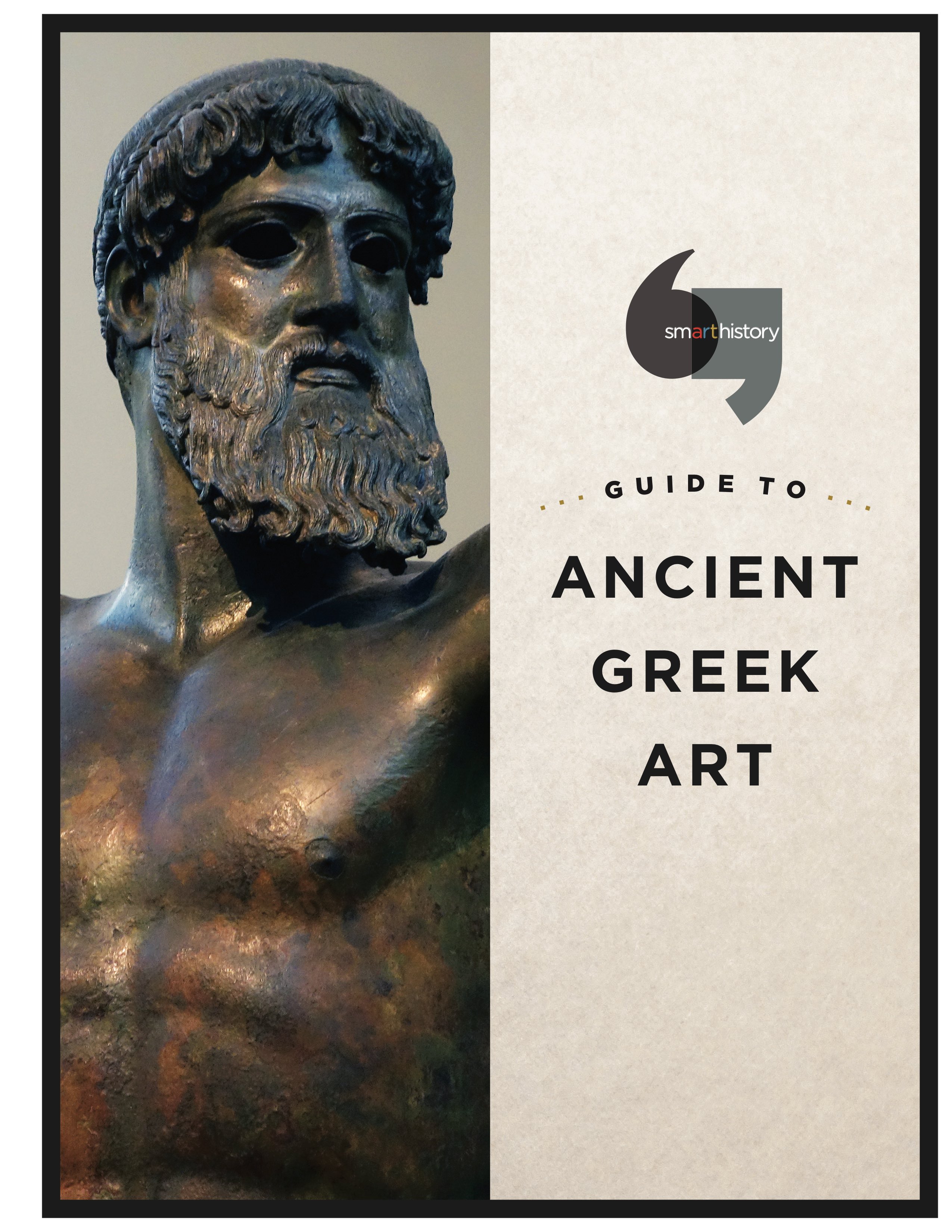Leland Stanford was bored.
In 1872, Stanford was a wealthy robber baron, former Governor of California, and horse racing enthusiast with way too much time on his hands. Spending much of that time at the track, he became convinced that a horse at full gallop lifted all four hooves off the ground. His friends scoffed at the idea. Unfortunately, a horse’s legs moved so fast that it was impossible to tell with the human eye. So he did what really wealthy people do when they want to settle a bet, he turned to a nature photographer, Eadweard Muybridge, and offered him $25,000 to photograph a horse mid gallop.
Six years later, after narrowly avoiding a murder conviction (but that’s another story), Muybridge perfected a technique of photographing a horse in motion with a series of 12 cameras triggered in sequence. One of the photos clearly showed that all four of the horse’s hooves left the ground at full gallop. Stanford won the bet and went on to found Stanford University. Muybridge pocketed the $25,000 and became famous for the invention of series photography, a critical first step toward motion pictures.
Of course, the mechanical reproduction of an image had already been around for some time. The Camera Obscura, a technique for reproducing images by projecting a scene through a tiny hole that is inverted and reversed on the opposite wall or surface (think pinhole camera), had been around since at least the 5th century BCE, if not thousands of years earlier. But it wasn’t until a couple of French inventors, Nicephore Niepce and Louis Daguerre, managed to capture an image through a chemical process known as photoetching in the 1820s that photography was born. By 1837, Niepce was dead (best not to ask too many questions about that) and Daguerre had perfected the technique of fixing an image on a photographic plate through a chemical reaction of silver, iodine and mercury. He called it a daguerreotype. After himself. Naturally.
But to create the illusion of movement from these still images would require further innovation. The basic concept of animation was already in the air through earlier inventions like the magic lantern and eventually the zoetrope. But a photo-realistic recreation of movement was unheard of. That’s where Muybridge comes in. His technique of capturing a series of still images in quick succession laid the groundwork for other inventors like Thomas Edison, Woodville Latham and Auguste and Louis Lumiere to develop new ways of photographing and projecting movement. Crucial to this process was the development of strips of light-sensitive celluloid film to replace the bulky glass plates used by Muybridge. This enabled a single camera to record a series of high-speed exposures (rather than multiple cameras taking a single photo in sequence). It also enabled that same strip of film to be projected at an equally high speed, creating the illusion of movement through a combination of optical and neurological phenomena. But more on that in the next chapter.
By 1893, 15 years after Muybridge won Stanford’s bet, Edison had built the first “movie studio,” a small, cramped, wood-frame hut covered in black tar paper with a hole in the roof to let in sunlight. His employees nicknamed it the Black Maria because it reminded them of the police prisoner transport wagons in use at the time (also known as “paddy wagons” with apologies to the Irish). One of the first films they produced was a 5 second “scene” of a man sneezing.











